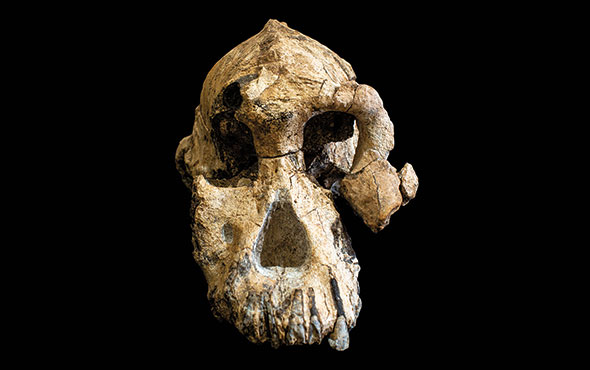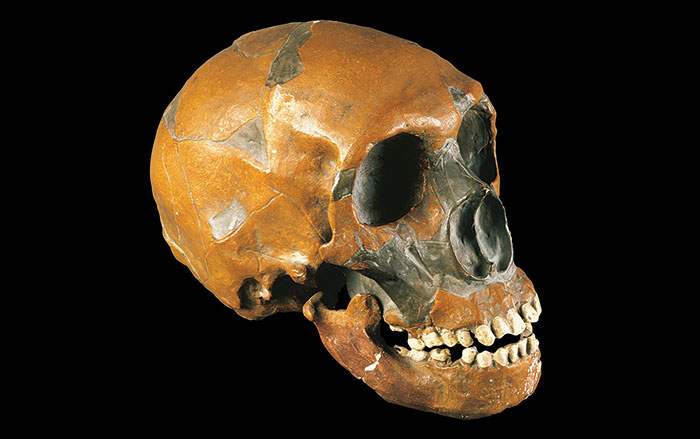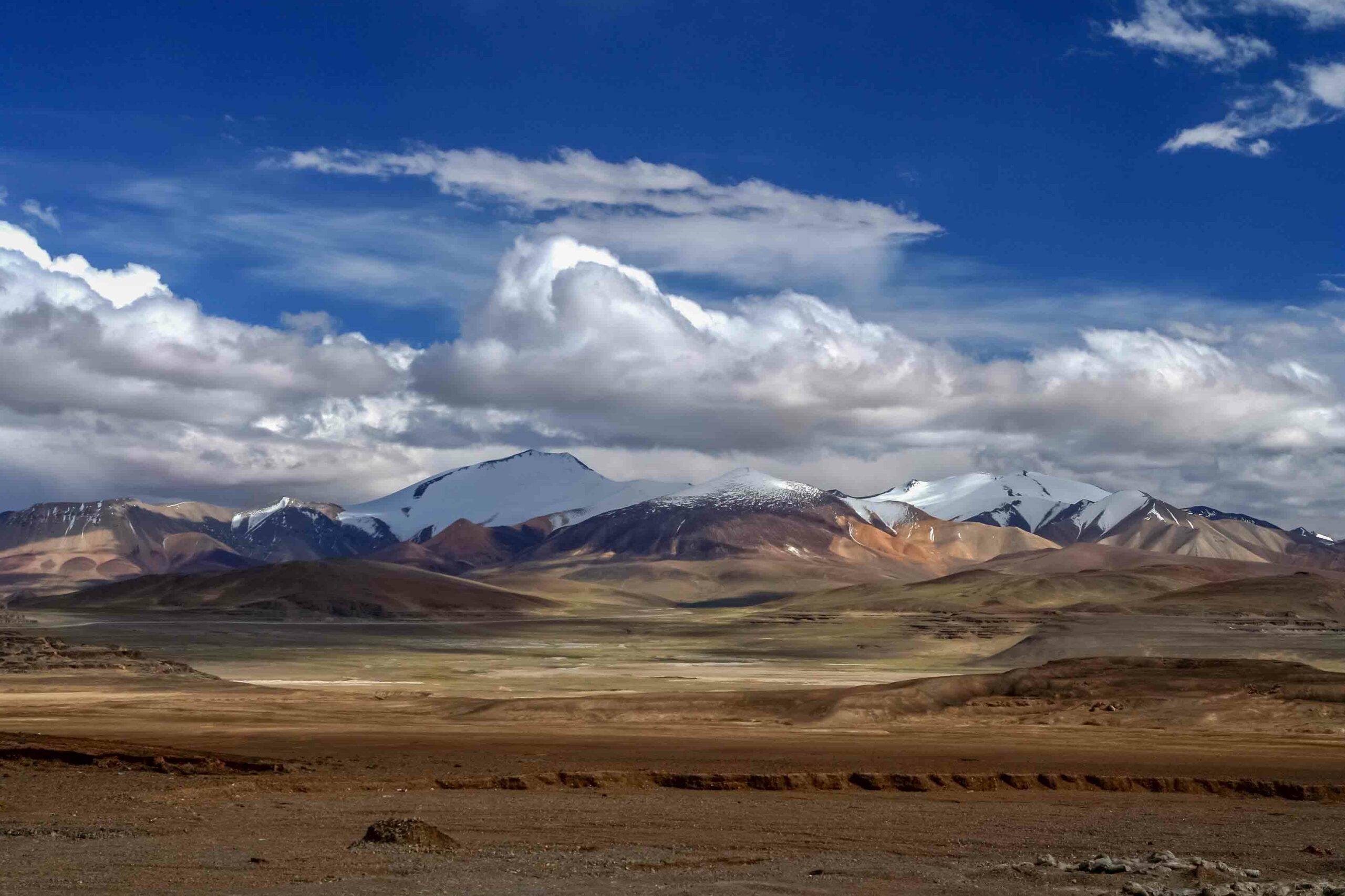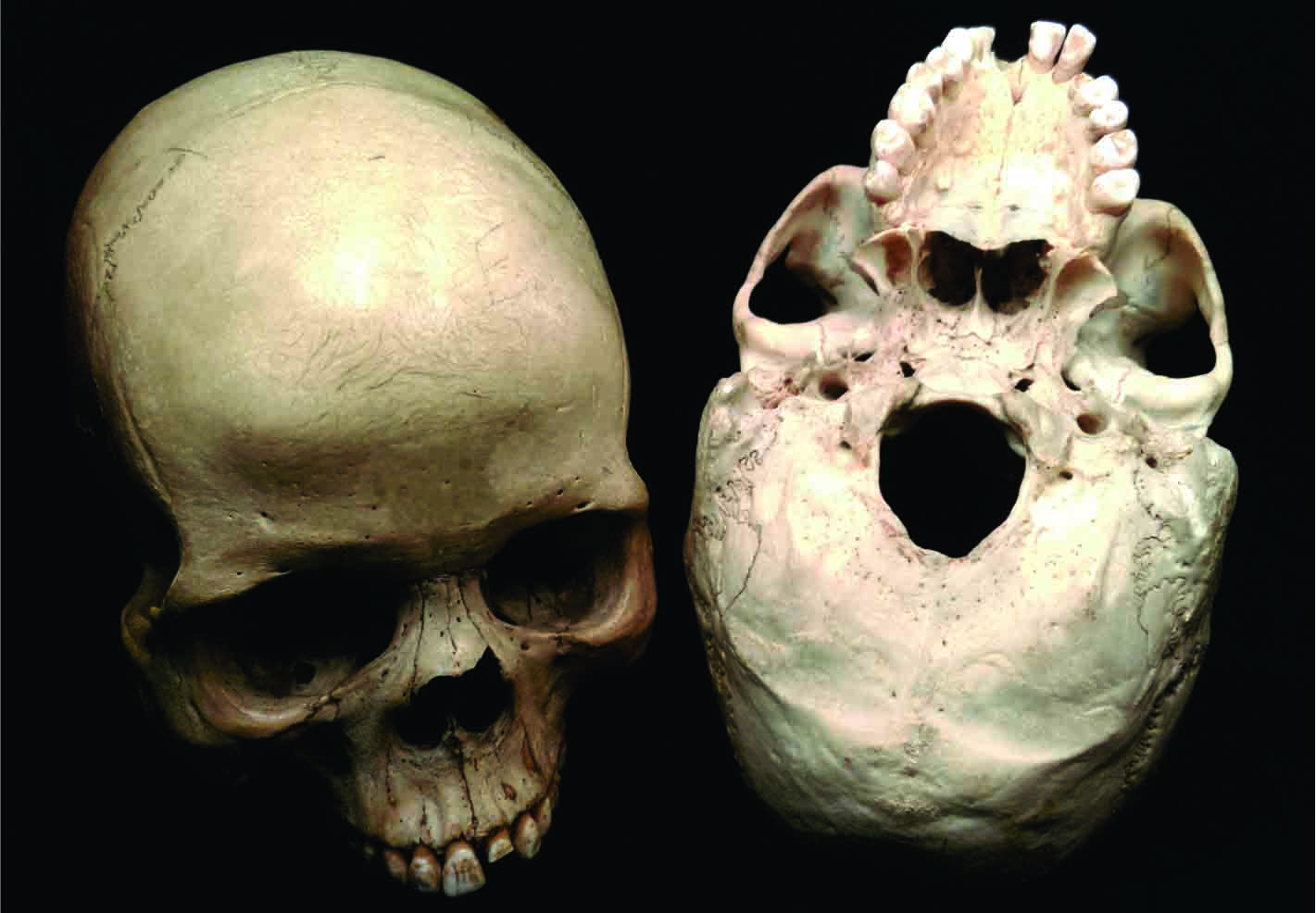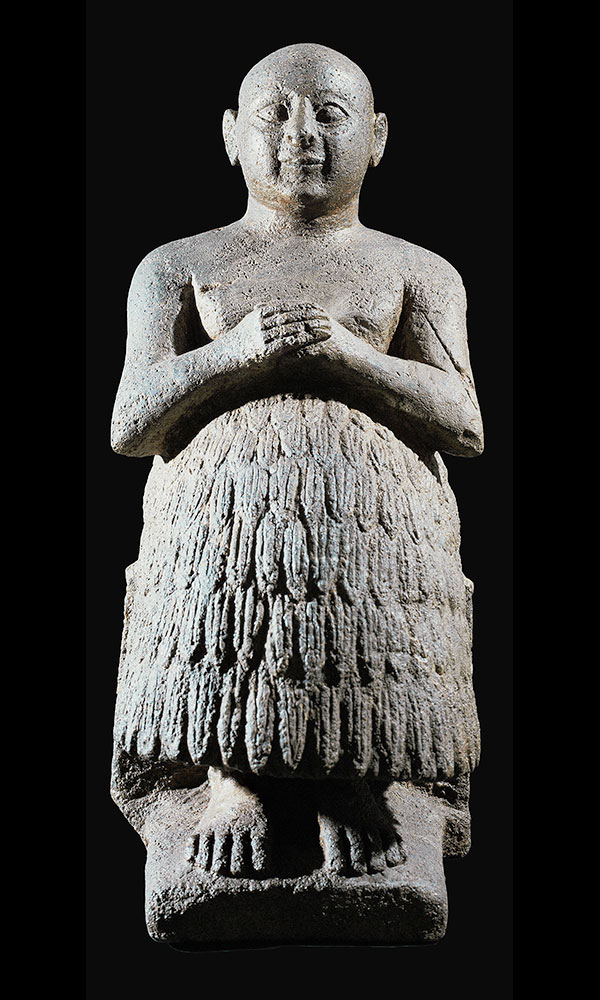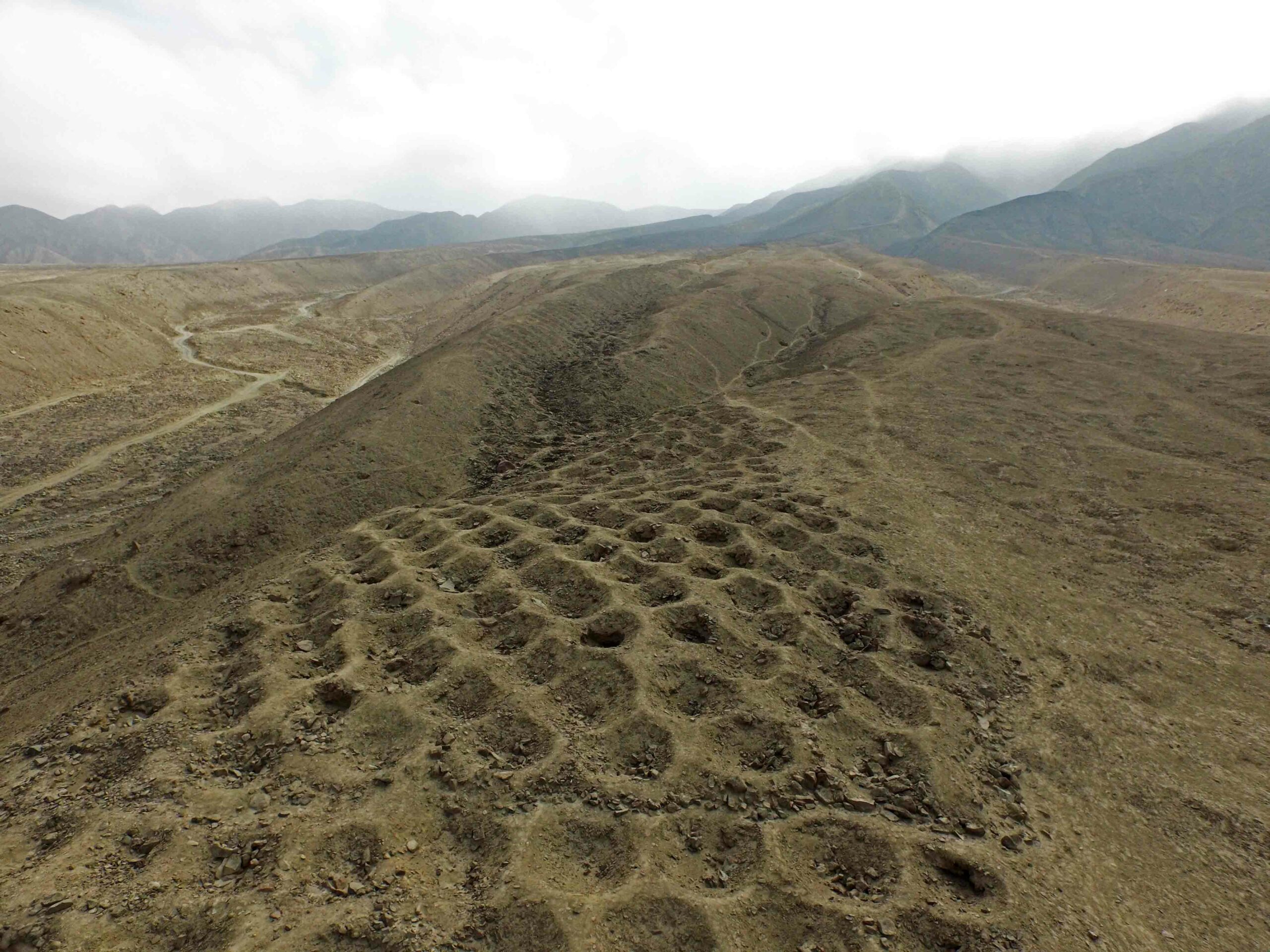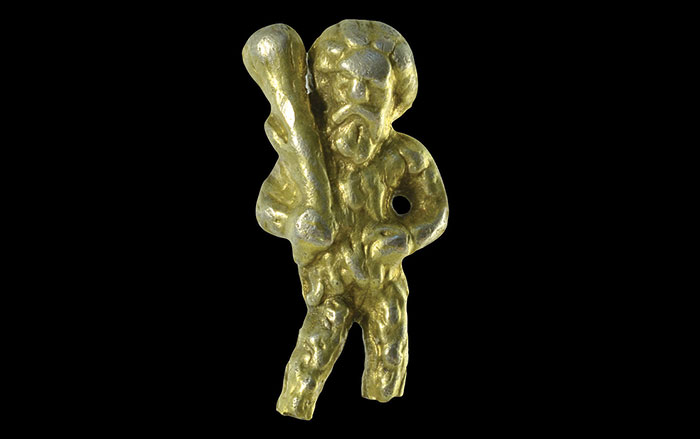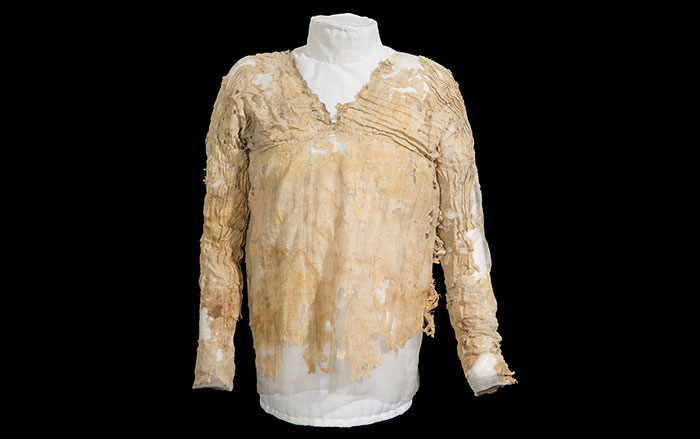
NEW YORK, NEW YORK—Climate change and the appearance of grasslands coincided with the evolution of the first hominins, according to a study led by Kevin Uno of Columbia University’s Lamont-Doherty Earth Observatory. He and his team collected sediment cores dating back 24 million years from the bottom of the Red Sea and the western Indian Ocean. Analysis of the chemicals in the sediments suggests that plants that grew in East Africa, where the first hominins are thought to have evolved, blew out to sea and sank. More than ten million years ago, those plants came from dense forests. Chemicals linked to grasses slowly began to appear in later layers of sediment. “This now gives us a timeline for the development of those grasses, and tells us they were part of our evolution from the very beginning,” Uno said in a UPI report. For more, go to "A New Human Relative."


